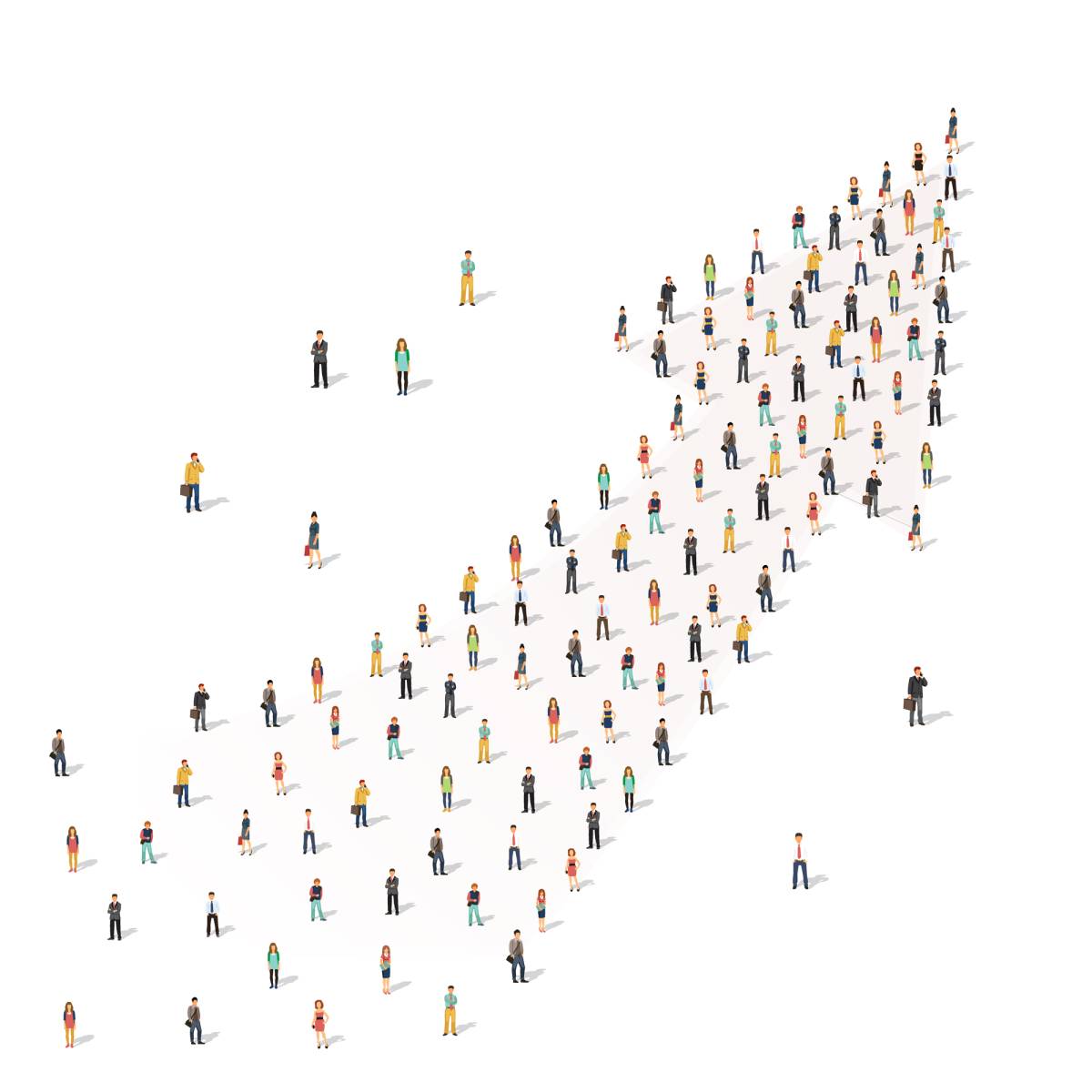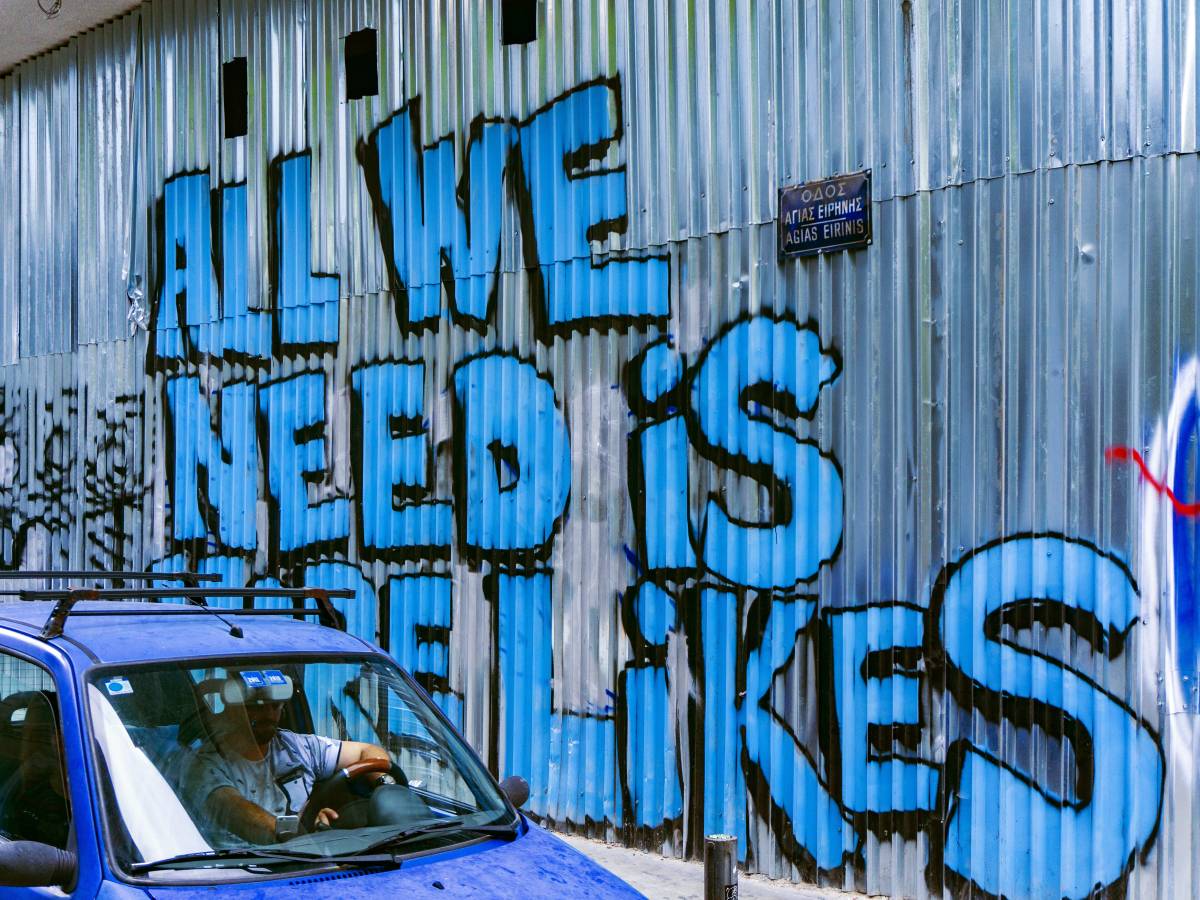As a Shopify business owner, do you ever find yourself scrambling to put together some social posts quickly on a Thursday evening because you’ve just checked your socials and you realise you haven’t shared anything with your audience in over three weeks?
Do you ever feel drained, posting the same thing day in and day out for a couple of likes here and there, maybe even some website clicks if you’re lucky?
Do you find yourself struggling to think of something new or different to post, and look back at your social channels and see you’ve unconsciously repeated the same sort of lines of text with the same sort of images, time after time?
Well, you’re not alone.

I mean, posting on organic social for your business is supposed to be easy right? After all, pretty much everyone has their own social presence, regularly sharing content about their lives with apparent ease. You probably do it yourself too.
Many Shopify business owners, when launching their social channels often think, ‘how hard can it really be to put up a few posts about my business?’ Well the answer is, not hard at all.
The main thing that a lot of people tend to forget, is that putting up a few posts here about your store’s products and business is easily done...BUT, creating a well formed strategy designed to nurture, engage and drive growth over the course of years is, well, pretty hard actually.
It takes effort. It takes ingenuity. It takes adaptability. It takes focus. It takes time. A lot of time.
If you don’t have the capacity for some of those things (and most people’s main issue, especially as Shopify business owners, is time) then you can skip to the bottom of this blog post and contact us to learn how we can support your organic social efforts.
However, if you do have the capacity and qualities listed above, but just need some inspiration with a launching off point - read on.
Organic Social Media Strategy for Shopify Stores
So how do you turn your organic social marketing posting into a well thought out strategy?
The main issue a lot of Shopify owners face (along with many a marketer) is not working with a planned social strategy, and simply posting with not much plan or direction for what each post or all posts combined are designed to gain.
The first question with your organic social posting should always be ‘what’ but most people skip ahead to ‘what should I post?’ rather than ‘what should social media achieve for me?’

Unlike most paid marketing channels, your goal for social media shouldn’t necessarily be focused around driving more sales for your business. This can absolutely happen, in time, (especially with the introduction of clickable links and social shops over the years) however, the key aspect to focus on for social media should be nurturing your existing Shopify store's audience, driving awareness and attracting new fans: growth.
Social media channels are the most effective places to build a community around your Shopify brand and generate loyal followers and advocates who will then showcase your business via word of mouth (online word of mouth of course.)
Building a community can be done in many ways, such as via effective community management, use of a good hashtag strategy, and development of a strong influencer partnership.
However the first step of building a loyal following of people who are interested in what you share, is via a thoughtful content strategy, designed to meet people at all levels of their buying journey with your Shopify business.
So how do you turn ‘some social posting’ into a fully designed content strategy? You can use the Eastside Co SCALE system to plan your content.
How Does SCALE Benefit Shopify Businesses' Social Media Strategies?
The SCALE framework was designed by Eastside Co as ‘an ideal customer journey’ for overall marketing.
It stands for Seek, Consider, Act, Love and Evangelise.
These are steps the customer ideally progresses through:
- being unaware of a brand but Seeking ‘a solution’ to an issue
- embarking on the journey of learning about the brand in the Consider phase
- purchasing or committing in some other way such as signing up to an email list during the Act phase
- Loving the brand and Evangelising publicly. as a brand ambassador.
We’ve found the SCALE system works well as a path for the content that can be posted on digital channels and an effective way to plan a content strategy that helps support your consumers at each point in their journey.
Seek and Consider - add value, educate and generate conversations
Seek and Consider are the first two aspects that are designed to bring new customers to your brand's social networks and eventually to your website. To reach that top of the funnel, the content posted must be compatible with what the consumer is looking for and must be relevant enough to fulfil the role of making them either interested in or consider buying from your Shopify brand.
This is the perfect opportunity to post dynamic videos and other posts that carry a message your brand wants to deliver, and pieces of content that offer value, generate interest, educate and drive conversations.

Curating Content for Social Media Output
An additional 'Seek and Consider' content type that works typically very well on Facebook is utilising and sharing curated content, which is content taken from another source or website. This can be an effective content strategy and an interesting conversation generator for your audience. Generating conversations on posts often leads to more comments, a more engaged community and increased organic reach as a result.
We would recommend using aligned brands (i.e. brands that don’t offer products exactly the same as your business, but those who share the space your business fits into in other ways) such as content from aligned creators or industry magazines, which the audience of your Shopify brand are also likely to be interested in.
Influencers for Shopify Social Media
Another content type to focus on and one that can help in starting to develop a more defined plan/strategy for your organic social channels is helping your audience keep up-to-date with celebrity culture - only where very relevant. It’s also important to expand this out to influencers who are significant within the areas your Shopify business operates as they often have a more engaged and loyal audience than celebrities. This is due to their capacity to have a closer and more authentic relationship with followers.
This can be seen as an unusual recommendation depending on your industry, but celebrity culture is hugely popular with most age demographics and content around these subjects often performs well in generating engagement and discussions around the posted topics. There will also be mainstream celebrities that fit at points into your genre, as well as industry-specific celebrities to focus on.
It will be important of course to focus on the ‘right kind of celebrity/moment’ for your Shopify brand, to ensure the content is still relevant, and that you can speak of it in an authentic way for your business, otherwise it can feel forced and look out of place on your social channels.
Social Media Holidays
Another idea for ongoing content is to keep in touch with ‘social media holidays’. These are less popular than they used to be, however, they still can be good at generating engagement from audiences members at points. It’ll be important to ensure the days chosen are relevant to your brand, and can be aligned nicely with your product offering, otherwise utilisation of them can be jarring on a user’s feed.
Focusing on social media holidays aligned with your brand can be a good way to drive user generated content (UGC) - for example running a competition based around a specific holiday and the products you sell on your Shopify store.
Act - business/product promotion and sales
Next is 'Act' type content, which is product promotion posts or sales. Both content types push sales directly and work to drive the newly acquired audience members to your Shopify website in order to shop. This content is often supported by product tagging on socials, adding an extra way for customers to find a specific piece they might like easily. Act type content should showcase new products, new ranges, your Shopify brand’s creation process, lifestyle product images and can include influencer content, all designed to push sales, focusing on important aspects like your USPs (unique selling points) in copy.

Love and Evangelise - showcase positive reviews, your current loyal followers and exhibit the community around your brand
The final type is Love and Evangelise type content; under this category falls things like customer reviews, testimonials and UGC content. UGC content is particularly important because it falls into the category of ‘earned media’ (rather than ‘owned’ or ‘paid’ media). UGC typically generates the highest level of trust from your other audience members as it is the internet form of ‘word of mouth’ for your business.
UGC For Shopify Social Media Output
UGC content is also great for creating the ability for a Shopify brand to interact directly with your audience members, primarily the initial poster, however other audience members can see more clearly the community around them and understand consciously or unconsciously that yourselves as a company care and value their engagement with your brand, making them more likely to engage with you in the future - this again increases interactions, comments and reach for your profiles.
In addition to sharing UGC content, you can also post video testimonials and company or product reviews as other ways to continually increase trust in your brand.
It's always important to have variety in the content posted on your social channels including all relevant platforms as it keeps feeds interesting for your audience members. Tailoring content regularly to encompass the different ideas suggested above in all areas of the SCALE framework should ensure your social content plans for your Shopify brand remain fresh and interesting.
Ongoing Organic Content Plan Recommendations for Shopify Brands
We can’t offer advice today for exactly how to plan your organic social content 10 years, 5 years, or even 1 year down the line, but can can offer one last piece of advice for how to keep attracting new audience members, and how to keep nurturing them through to the purchase point and then on to become loyal advocates of your Shopify business on social.
The SCALE framework is a powerful concept and applying it to organic social content planning is sound.
However, you should remember that all platforms, and social media as a whole, has an ever-changing landscape. This is true for both platform changes/updates that affect the way the platforms work and distribute content, but also bearing in mind consumers’ changing attitudes to social media as a whole and how they engage with content that's published.
The key to creating a consistently strong social media strategy/calendar:
- understand the need for flexibility
- be aware of the constantly shifting space that social media is
- your content planning can and should change over time to ensure you’re staying ahead of the curve
Some more current examples of this are the steady increase in desire for native/authentic type content from consumers, and their preference for interacting with this type of content above others, which has increased exponentially over the last few years or so.
Video Content For Social Media
Another example is the push for video content on Meta platforms following the introduction of TikTok as a platform, and how Meta platforms have changed their algorithm in prioritising delivery of video content to users as a result of this.
If you'd like to talk to our social team about how we can help you deliver a strong social strategy for your Shopify brand, get in touch for a chat.


